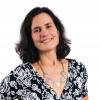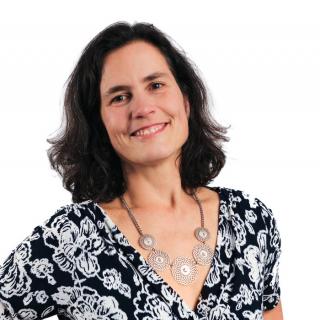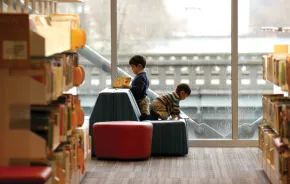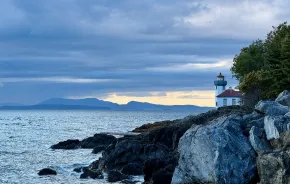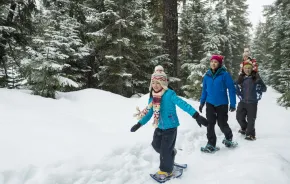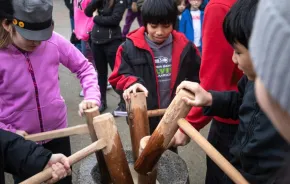
Photo:
A Tlingit totem pole in Seattle’s Pioneer Square neighborhood.
In his book “Native Seattle: Histories From the Crossing-Over Place,” historian Coll Thrush pointed out that Seattle, more than any other American city, pays homage to its Indigenous roots. Seattle was named for a Duwamish and Suquamish chief, and that chief’s profile is on the city’s seal.
From the names of ferries to the Native American–inspired Seahawks logo, Indigenous designs and place-names are everywhere in Washington — Snohomish, Skykomish, Tacoma, Puyallup, Skagit, Elwha, Snoqualmie and others.
But Seattle is also a city that was built on stolen Native land, and a city that once banned Indigenous people from entering.
How much does the average Washingtonian know about our Native histories, about the many tribes that lived in complex societies around Puget Sound — for thousands of years before Europeans arrived? How much do we know about the thousands of Indigenous people who live, work and create in urban centers and reservations around Washington state today?
In Seattle, Indigenous peoples have fought for decades to have their tribes recognized, their arts and culture supported, their languages taught, their rights respected and their stories told.
Learning about Indigenous cultures
With 29 federally recognized tribes in Washington state, and several more that are not yet recognized, opportunities abound for the nonnatives of this land to learn about Indigenous cultures. Many tribes have cultural centers that are open to the public or host annual events or festivals.
Here’s a starter list of Puget Sound–area sites and experiences that serve as a launching point for learning about the Native stories that are woven everywhere through the Northwest’s past, present and future.
wǝɫǝbʔaltxʷ: Intellectual House
In 2015, the University of Washington completed a project, decades in the making, to build a Coast Salish–style longhouse that serves as a gathering space for Native American and Alaska Native students, faculty and staff. Designed by architect Johnpaul Jones, the 8,400-square-foot complex includes a kitchen with a teaching space for food preparation, and a circular outdoor gathering space. It is called wǝɫǝbʔaltxʷ, a Lushootseed term that loosely translates to “Intellectual House.” A planned second phase (fundraising to complete the project is underway) includes a building that will have meeting rooms, an arts lab and an elders lounge.
Intellectual House hosts numerous events every year and is used for practical functions as well. For the students, it’s a home away from home, serving as a place to practice drumming, create regalia, screen movies and hold cooking classes.
Suquamish Museum
Relocated in 2012, the Suquamish Museum now sits on Hood Canal in the town of Suquamish, in a spot known as “the place of clear salt water” by the Suquamish people. Situated among cedar, hemlock and fir trees, the LEED gold-certified building was designed to suggest a nurse log in the forest. The longhouse-style building includes a craft workspace, with an ethnobotanic garden just outside. While its mission of preserving cultural objects related to the Suquamish people is critical, the museum is also dedicated to “placing the culture that is part of this landscape on our ancestral territory, bringing it to the modern time,” notes museum director Janet Smoak.
Within walking distance is Chief Seattle’s gravesite and the village site known as Old Man House, which included the largest known longhouse in Washington state (burned by U.S. troops in the 1800s). Another attraction? A new and fantastic playground located across the street from the gravesite, Suquamish Shores Natural Play Area, which opened to the public a few years ago.
Duwamish Longhouse & Cultural Center
The Duwamish Tribe, the original residents of Seattle, has been battling for the restoration of its federal recognition for decades. In 2011, the tribe opened its cultural center. Overlooking the Duwamish River and two ancient village sites, the Salish-style longhouse can hold as many as 200 people; the center includes a tribal kitchen.
After you visit the longhouse, walk across the street to Herring's House Park, an Elliott Bay village site dating back to the sixth century. It once held eight longhouses and a large potlatch house.
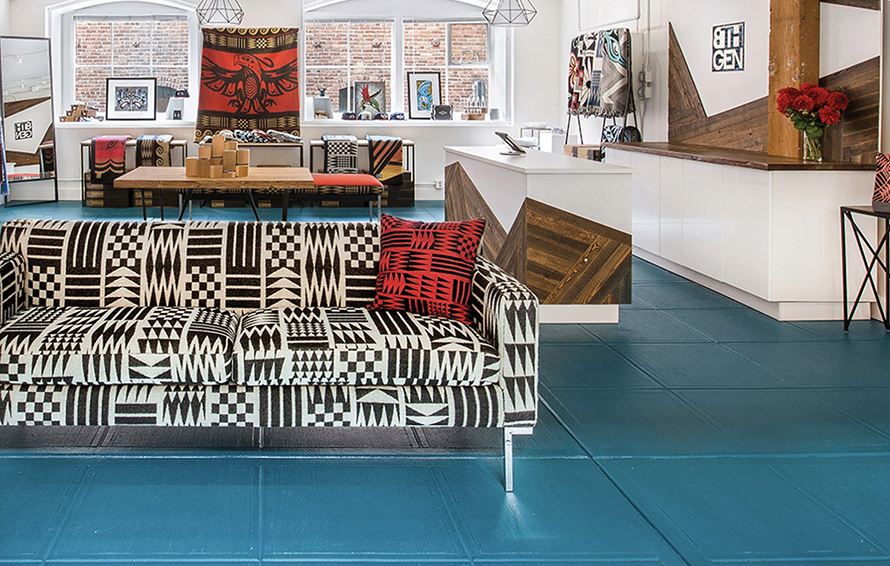
Eighth Generation
In 2008, Louie Gong (of the Nooksack Indian Tribe) began customizing shoes with Coast Salish designs working in his living room. In 2016, he opened a beautiful flagship store in Pike Place Market (just above the Gum Wall), working with a wide range of Indigenous artists to not only sell their products, ranging from phone cases to jewelry, but to support them as artists. Recently, the store has relocated a few blocks off the Market. He also markets his own line of beautiful wool blankets — unbelievably, the first Indigenous-owned company to do so. By stopping at the beautiful, clean-lined Eighth Generation gallery, the millions of visitors who go through Pike Place Market each year are discovering a different narrative about Indigenous people.
Daybreak Star Cultural Center
Located on 20 acres inside Seattle’s Discovery Park, the Daybreak Star Cultural Center was founded after Native Americans occupied Fort Lawton in the 1970s. (Discovery Park formerly was a military base.) Managed by United Indians of All Tribes Foundation, the center hosts art exhibits, markets and important cultural events, such as powwows.
The Burke Museum
The Burke, which moved to its new building in 2019, has always been involved in archaeological and anthropological investigations relating to Indigenous cultures throughout the Pacific Northwest. Its Northwest Native Art Gallery houses rotating exhibitions of works by Native American artists and is anchored by permanent displays of monumental objects, including a 35-foot canoe, a welcome figure, totem poles and house posts.
Cheshiahud Lake Union Loop
Next time you’re circling Lake Union on foot or by bike, pay attention to the blue signs indicating that you are following the Cheshiahud Lake Union Loop. Dedicated in 2008, the loop is a 6-mile, multiuse trail around the lake. The trail connects parks, pocket parks, street ends and waterways. Named for a Duwamish man who once lived on the lake’s shoreline, the loop features signs that share histories of the lake and how it sustained local tribes.
taqᵂšǝblu Vi Hilbert Ethnobotanical Garden
As a child, Upper Skagit elder Vi Hilbert was punished for speaking her native Coast Salish language of Lushootseed. As an adult, she spent decades working with linguists to document and preserve the language. This Seattle University garden honors her work, as well as the relationship between Native American peoples, their land and their languages.
Makah Museum
At the western tip of Neah Bay on the Olympic Peninsula is the ancestral home of the Makah people, famous for their whaling rituals and practice. The renowned Makah Museum exhibits whaling and fishing gear, as well as many artifacts from the archaeological site at Lake Ozette, a Makah village that was destroyed by a mudslide in 1750.
Hibulb Cultural Center and Natural History Preserve
“So we can remember,” explains the Hibulb Cultural Center’s website of its mission. Located just off Interstate-5 on a 50-acre natural history preserve, this Tulalip center opened in 2011. Exhibits are labeled in both English and Lushootseed, and the complex includes the grand Canoe Hall, temporary exhibits, a research library and more.
Billy Frank Jr. Nisqually National Wildlife Refuge
Located on the ancestral grounds of the Nisqually Indian Tribe, this wildlife refuge was also the site of the first signed Indian treaty, signed in 1854. Now, the refuge is one of Washington’s most intact estuaries, where saltwater meets the freshwater of the Nisqually River. In 2016, it was posthumously named after Nisqually tribal leader Billy Frank Jr., in honor of his advocacy for tribal fishing rights.
Families will enjoy strolling the boardwalks through the tangled wetlands, observing ducks and geese, and listening for songbirds and frogs. Children will also enjoy the nature displays in the visitor center, the Nature Explore Area and the Junior Refuge Manager program. (Note that dogs are not allowed in the refuge.)
Editor’s note: This article was originally published in 2021 and updated most recently in 2023.



